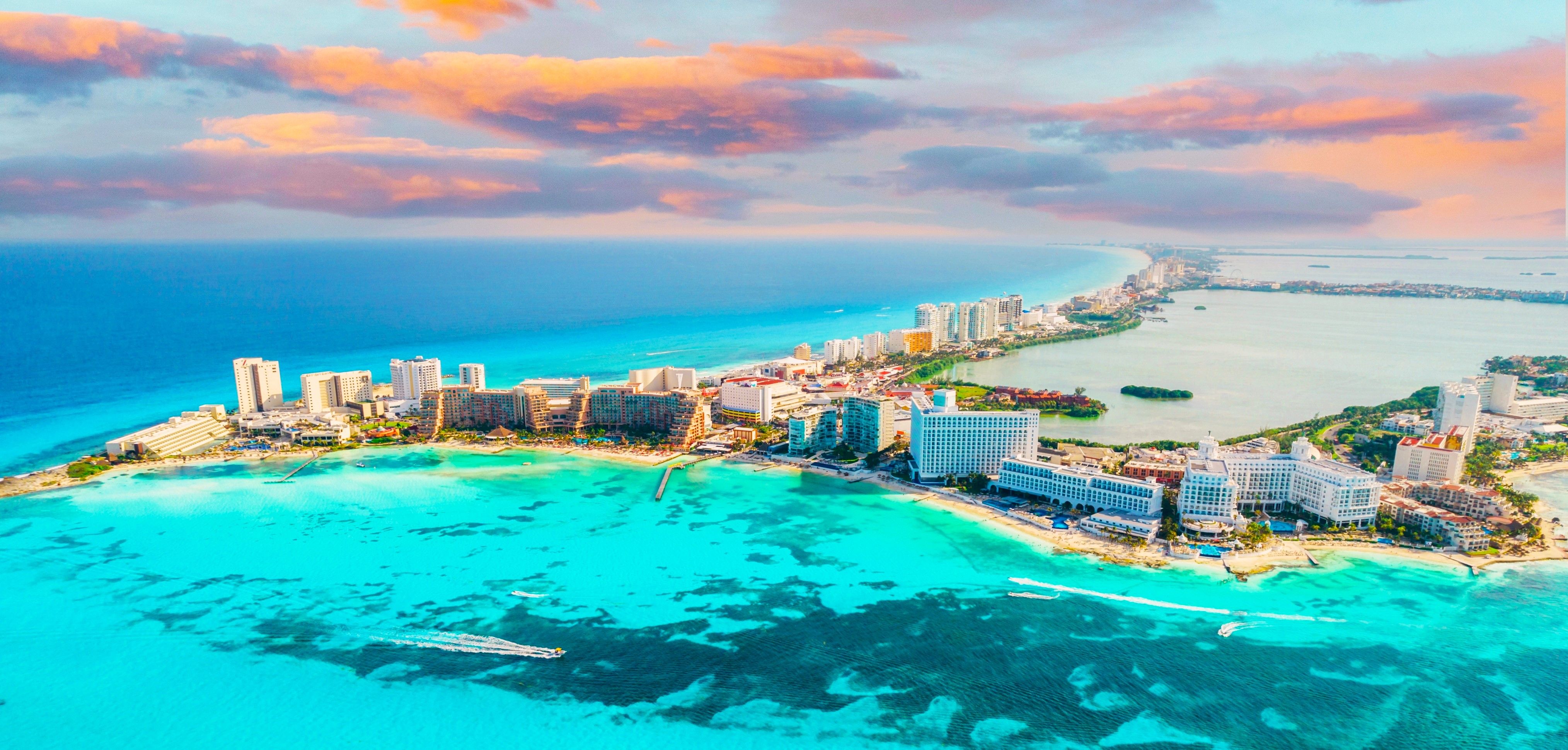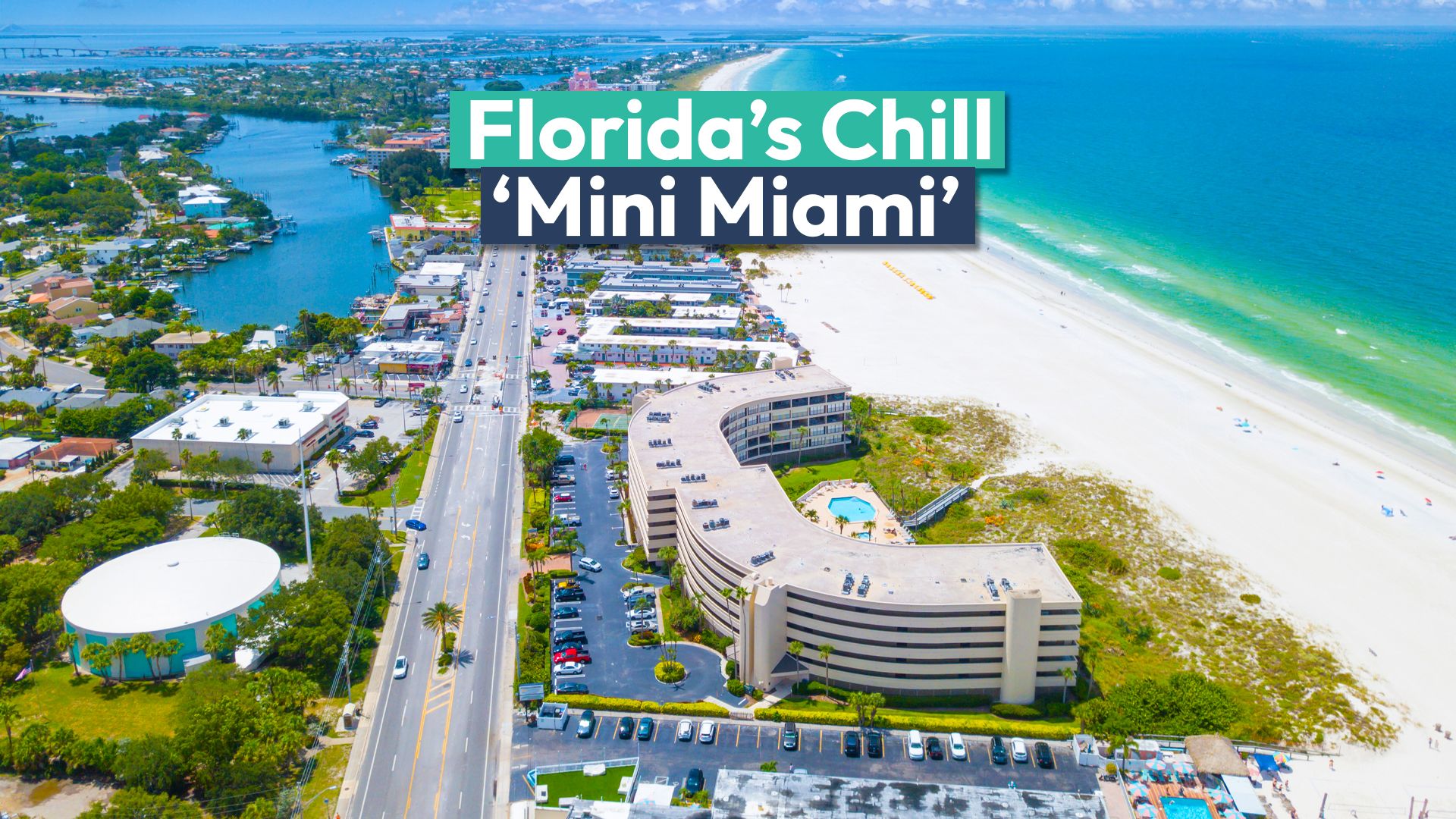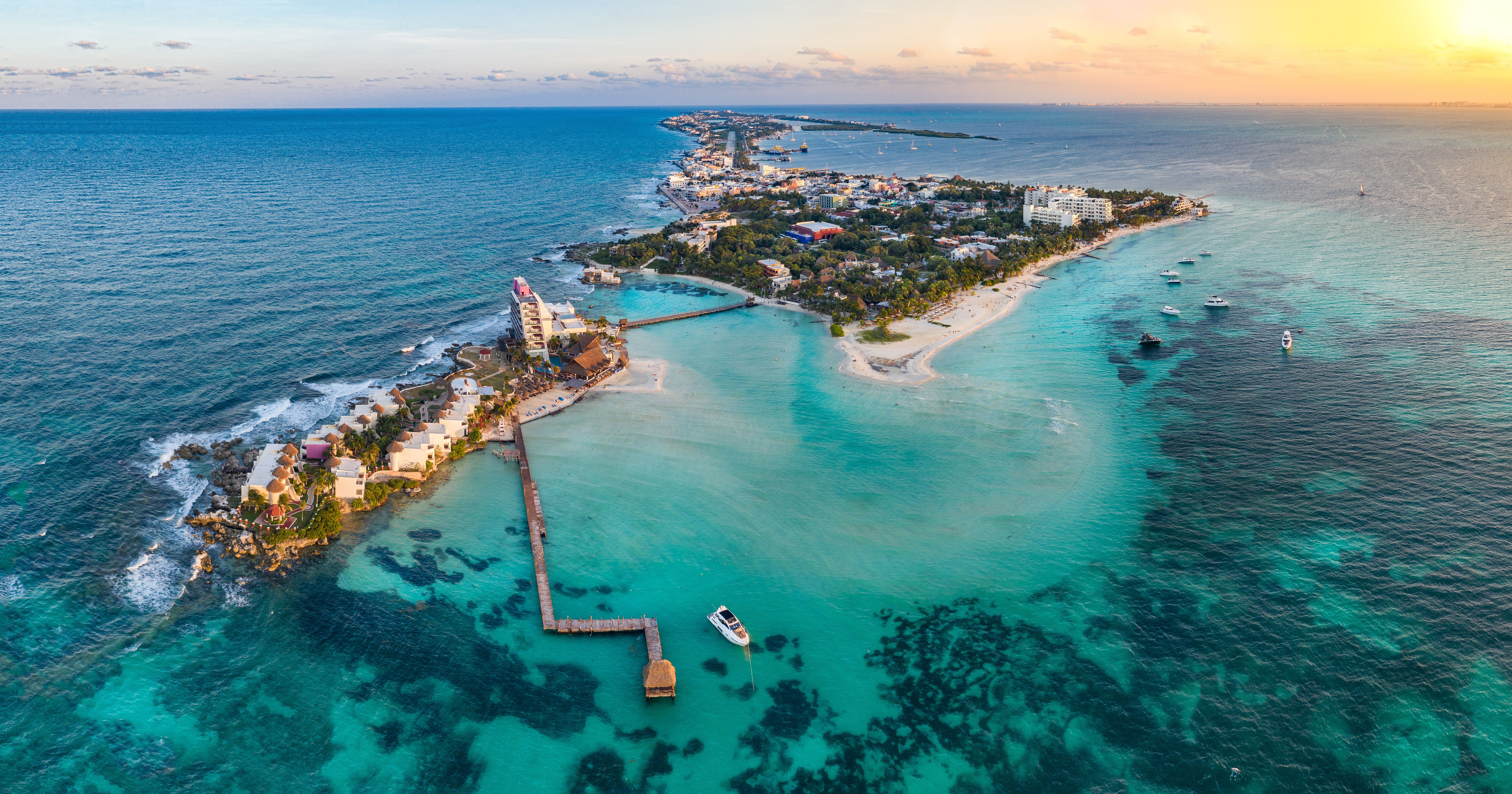Spring break is a much-anticipated period for school, college, and university students, especially in North America. This is when they get to leave exams and term papers behind through camping, water sports, winter sports, and partying, be it in a cozy town or at a luxury resort.
In the U.S., some of the best spring break destinations are stunning, relaxing vacation spots, like Oahu, Yosemite National Park, and Grand Canyon National Park, one of the world’s most visited natural wonders. But what about south of the border? Are Mexico’s tourist hostspots, such as Cancún, Tulum, Reynosa, and Puerto Peñasco, safe?
Here’s an overview of the latest advisory and travel warnings from the U.S. Department of State, as well as a selection of some of the most popular spring break destinations in Mexico — and their current criminal activity.
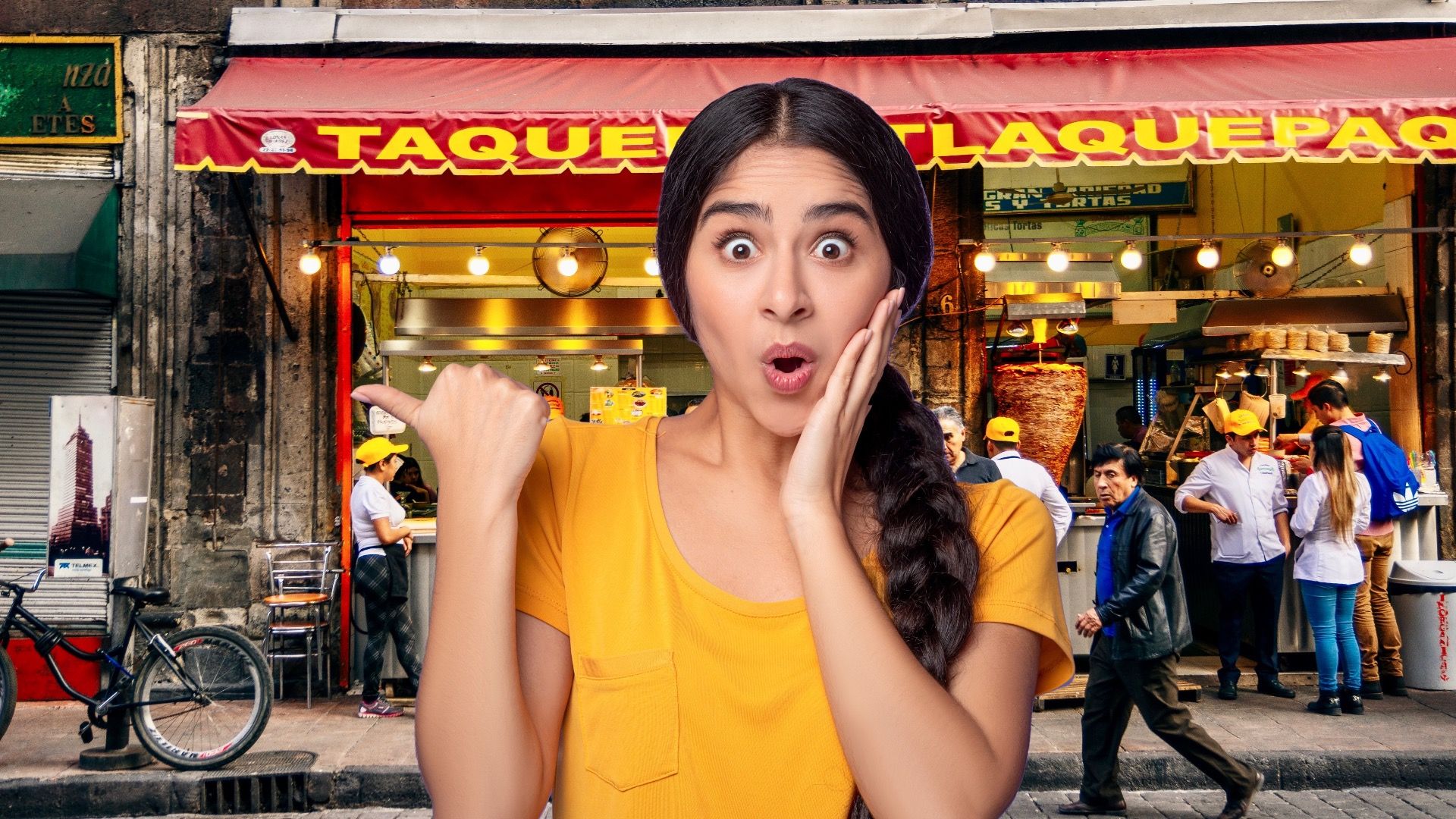
Related
7 Things That Don't Exist In Mexico
Mexico offers unique places like the Sistine Chapel of Crystals and delicacies like fried grasshoppers, but some elements are impossible to come by.
On January 27, 2025, the U.S. Government issued a “Level 4: Do Not Travel” advisory to Mexico, a popular spring break destination. This security alert mostly concerns crime and kidnapping, but it doesn’t encompass the entire country, only specific places plagued with criminal organizations, such as:
Per the alert, dirt roads around those areas should be avoided, especially at night. Stay away from abandoned objects (they could be explosives), even on paved and well-lit roads, and keep up with the local news.
For its part, the U.S. Mission to Mexico regularly updates its safety message for spring break travelers. Here are some important precautions to keep in mind during your trip.
| Dos | Don'ts |
| Get health insurance that covers Mexico | Use drugs, even medical marijuana |
| Drink responsibly | Carry a firearm |
| Remain in friendly groups | Use isolated ATMs |
| Contact the embassy or the nearest consulate for help | Carry a large amount of cash |
The U.S. travel advisory system encompasses four levels. Level 1 means “Exercise normal precautions,” while Level 2 is “Exercise increased caution.” Level 3 means “Reconsider travel,” and Level 4 is “Do not travel.”
Mexico is an attractive travel destination, thanks to its proximity to the U.S., affordable options, and plethora of natural and cultural sites. From the serpent heads at Teotihuacán’s Temple of the Feathered Serpent, just outside of Mexico City, to Mexico’s most beautiful oceanic hideaways, like Cabo San Lucas and Puerto Vallarta, the country has a lot to offer for every type of traveler.
There are many popular areas in this country that may look okay on the surface but do have notable crime rates, like Cozumel, Tulum, and Cancun. But is Tulum safe? What about Cozumel? Is Cancun safe? After all, these locations boast world-class, all-inclusive resorts, delectable cuisine, white-sand beaches, and tempting deals specifically tailored for spring breakers.
Per the Bureau of Consular Affairs, Quintana Roo, the state that comprises Cancún, Cozumel, Tulum — now with improved transportation and direct flights to the U.S. — and Isla Mujeres, generally falls under the “Exercise increased caution” advisory due to possible violence between rival gangs, homicides, and assaults (especially in Tulum).
There are no restrictions on travel for U.S. government employees in Quintana Roo state. Exercise increased caution after dark in Cancún, Playa del Carmen, and Tulum, and remain in well-lit pedestrian streets and tourist zones.
As for the state of Guerrero, which includes Acapulco, one of the most beautiful yet most dangerous cities in Mexico, it falls under the “Do not travel to” category. That’s because armed gangs sometimes resort to roadblocks, and American citizens and LPRs (Lawful Permanent Residents) have been victims of kidnapping.
On to the fishing and resort city of Puerto Peñasco (Rocky Point), a famous destination located on the Gulf of California, in the state of Sonora. The U.S. government recommends you “reconsider travel to" this zone because it is a "key location used by the international drug trade and human trafficking networks. Violent crime is widespread. U.S. citizens and LPRs have been victims of kidnapping.”
Nevertheless, unbothered road travelers coming from the U.S. simply make sure to use the reliable “safety corridor,” a stretch of Highway 8 from Lukeville, at the Arizona border, to Rocky Point that is equipped with surveillance cameras, patrols, and bilingual signage.
The U.S. government expressly recommends not using taxi services, buses, or rideshares in Puerto Peñasco.
As for Cabo San Lucas, a celebrity-studded Baja California Sur paradise, it’s deemed relatively safe despite the “Exercise increased caution” label, while the state of Jalisco, which includes Puerto Vallarta and Guadalajara, falls under “Do not travel to” due to shooting and kidnapping activity.
According to the Mexico Travel Advisory, there are two safe states where American travelers should simply “exercise normal precautions.” The first is Campeche, whose Instagrammable baroque colonial capital city is noted for its laid-back vibe, strict law enforcement, and business tourism.
The second state is Yucatán, which boasts many scenic and historical sites, such as the Ik Kil cenote (sinkhole), in Tinúm; Mérida, one of the best cities for retirement in Mexico; Izamal, one of the most beautiful small towns on the Yucatán Peninsula, dominated by the color yellow; the pre-Columbian Chichén Itzá, Mexico’s most popular archeological site; Uxmal, another spectacular Mayan city; and Valladolid, a welcoming, walkable area known for its colorful landmarks, excellent street food, family-friendly events, and proximity to swimmable cenotes.
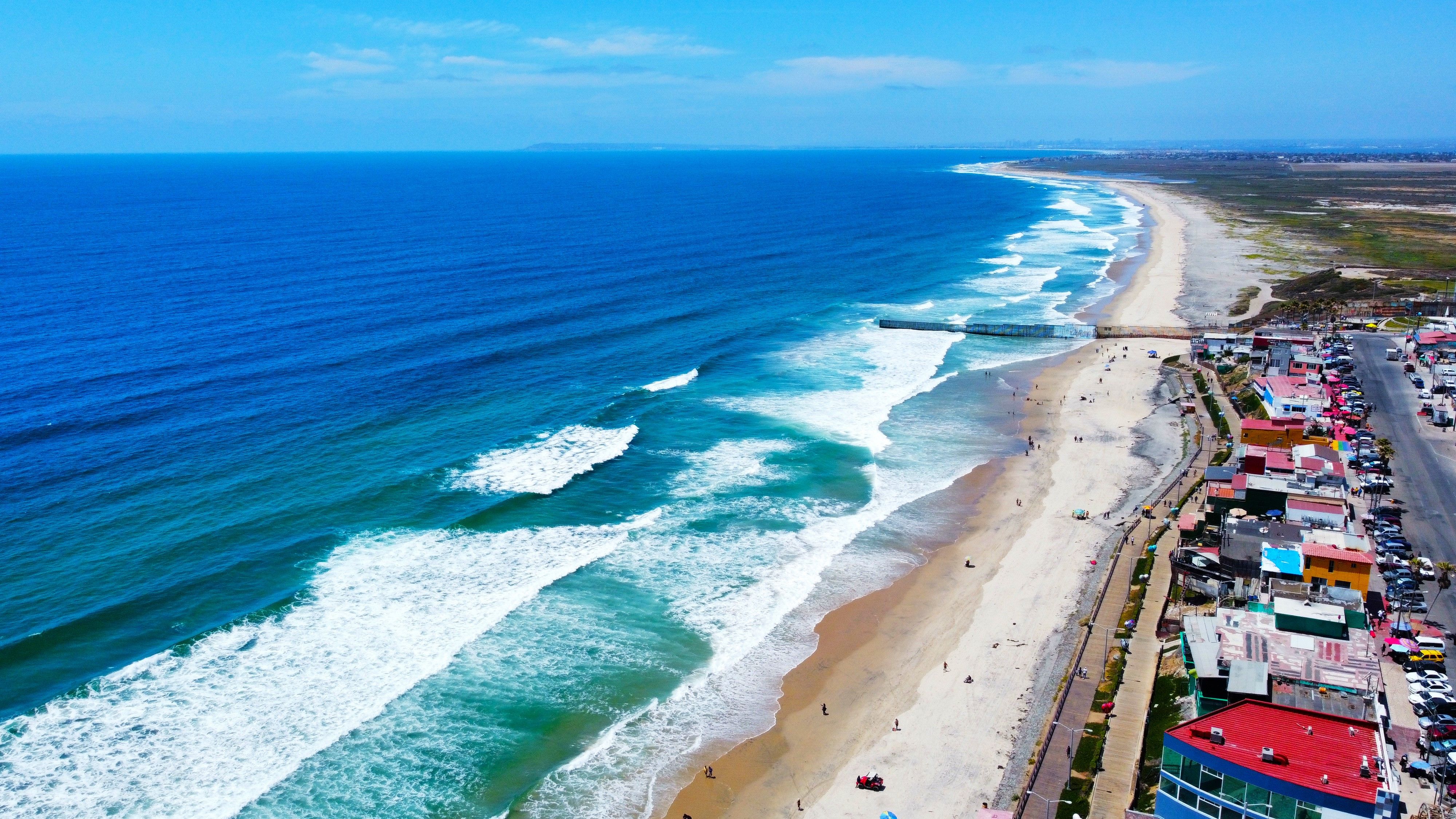
Related
Think Twice About Letting Your Teen Head To This Popular Destination For Spring Break
This destination does have some safety concerns (and even a State Department travel warning), despite being a popular Spring Break spot.

Young people enjoying themselves and having cocktails at a lounge
Criminal activity occurs in every country, even relatively safe solo travel destinations like Singapore, Monaco, and Slovenia. Since Mexico’s major cities and popular tourist resorts may witness petty and violent crimes like pickpocketing, scamming, bag snatching, kidnapping, assault, and shooting, visitors are advised to stay vigilant at all times.
An area’s sketchiest neighborhoods should be avoided at all costs, especially at night. When taking public or private transportation, only use official, reputable companies — that doesn’t mean you should excessively display your expensive jewelry or flaunt your cash and credit cards during rides.
That said, don’t let the above-mentioned warnings deter you from choosing this welcoming country for spring break. After all, it’s a beautiful, eclectic destination that draws over 45 million international tourists of all ages annually.
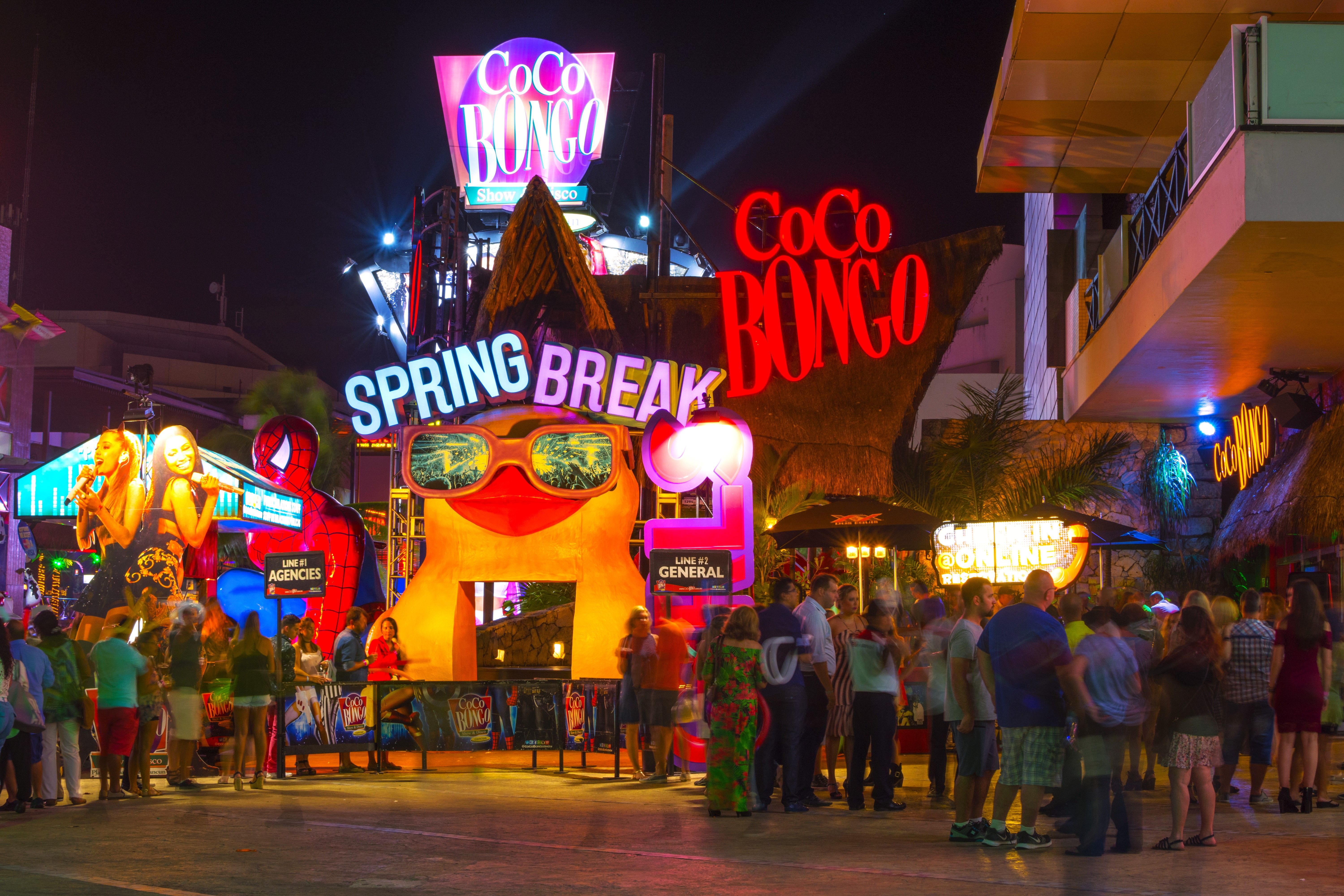
Related
These Warm Spring Break Destinations Are Under Strict Advisories From The U.S. Government
These spring break hotspots face U.S. government advisories, highlighting safety concerns for travelers seeking sunny getaways this season.
So, is Mexico a safe spring break destination for 2025? The answer is a resounding yes in well-reputed areas like Mérida, San Miguel de Allende, and Puerto Vallarta — but that doesn’t mean you shouldn’t exercise caution, especially at night.
Make sure to always stay informed about the latest safety guidelines and keep on top of any Mexico travel warning news and updates. Before booking that exciting trip, check for updates and advisories from both the U.S. Department of State and your chosen destination.
